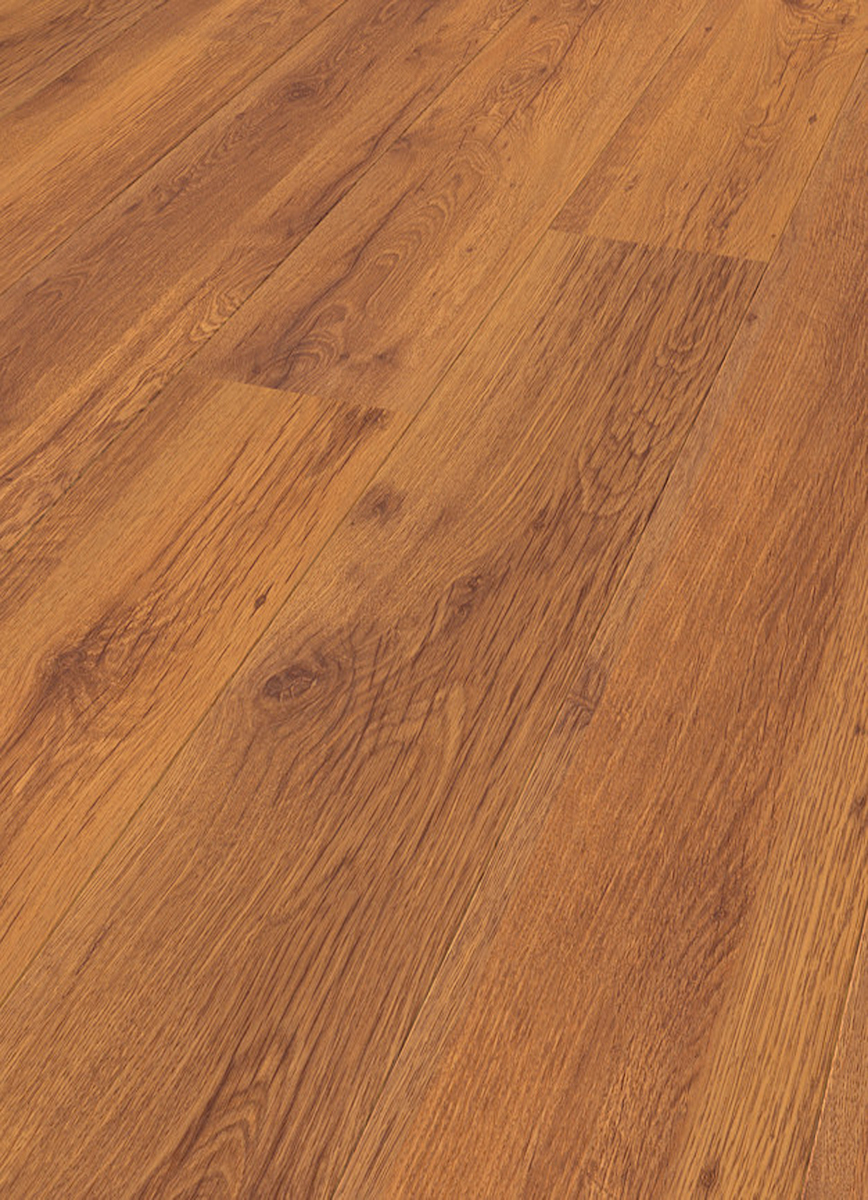

Sometimes, there could be three different reds that year. You might not be able to go up to a paint seller and say you need touch-up paint for a red car of a specific make and model. This kind of duplicate value makes it tough to get the right color and shade. For example, one car could be Apple Red, Metallic Red and Electric Red. Subtly different shades: Manufacturers might also create several versions of the same make of a car in multiple shades of one color.
#Paintcode 0709 code
Mismatching names like this makes it a little less clear which color refers to which code when trying to determine what you need. Color codes simplify it and allow you to get the right match every time. Checking the code is much more definitive. In the same vein, Lunar White could mean something different in cars made in different years or between manufacturers. They could very well be the same color, just with different names that the marketing department decided worked better for those individual vehicles. For instance, a luxury sportscar maker might use the term Sparkling Pearl, while a midline SUV gets Lunar White. Multiple color names: One reason paint codes are useful is because many manufacturers will use the same code for different color names.Some situations that will make the paint code especially helpful include the following. After all, if you're painting an entire panel, a mixup in color will require a new coat and more paint you'll need to buy.Īuto detailers, car enthusiasts and more use paint codes. By using the right color code, you can potentially save yourself substantial amounts of money on paint. Whether you're trying to repaint a panel that needed replacement or touching up a small scrape, you'll quickly notice if the color is just slightly off. Even an exceptional blending job can't hide mismatched colors. Even if both shades are a similar metallic blue, the human eye is incredibly good at noticing subtle differences. If you have the wrong shade, you'll end up with a spot that will stamd out. Painting a car is already a detail-oriented task, so making sure you get the right color is an essential first step. It also helps auto body technicians when they work on vehicles and printers who create vinyl wraps. Formatting varies among manufacturers, so knowing what to look for makes the task a lot easier - don't worry, we'll go over that step later.Īs a whole, your paint code is a valuable set of characters to know, so you can be sure you're getting the right product when you order paint. For instance, a manufacturer might put a "P" in front of a number, with the "P" representing the car's manufacture year instead of a color. Usually, they'll include characters that help identify other features of the vehicle. Paint color codes tend to be several characters long and can consist of a combination of letters, numbers and dashes. It may include one code to represent multiple colors in two-toned paint jobs. The paint code listed on your car, however, refers to the exterior body color. Sometimes, you can even find paint codes for different components, like the underside of the hood or accent colors. What Is a Paint Code?Įach car has a paint code that designates the correct shade of paint for its exterior. It can also help generate digital prints, such as vinyl wraps, that match the vehicle.

Using this color code will help you or a detailer match a car to its like-new color. This code provides auto detailers, enthusiasts, mechanics and manufacturers with a way to find the right shade as they work on vehicles, especially since the color's name usually isn't all that helpful. It's not as much of a puzzle as you might think - the first step is to find the color code.Įach paint color on a car gets a color code. So, how do you get the right shade of paint that matches the rest of your car? And if you take it to a professional, how will they match the color?

It'll put a noticeable blemish on your car and stick out like a sore thumb. You know that if you eyeball it, you'll probably end up with something slightly off from the original color. After all, you can't walk up to an auto shop, ask for "blue" paint and expect it to match.

If you need to cover up an unsightly mark or repair job on your car or it's time for a refresh, you might wonder how you're supposed to find the right color.


 0 kommentar(er)
0 kommentar(er)
